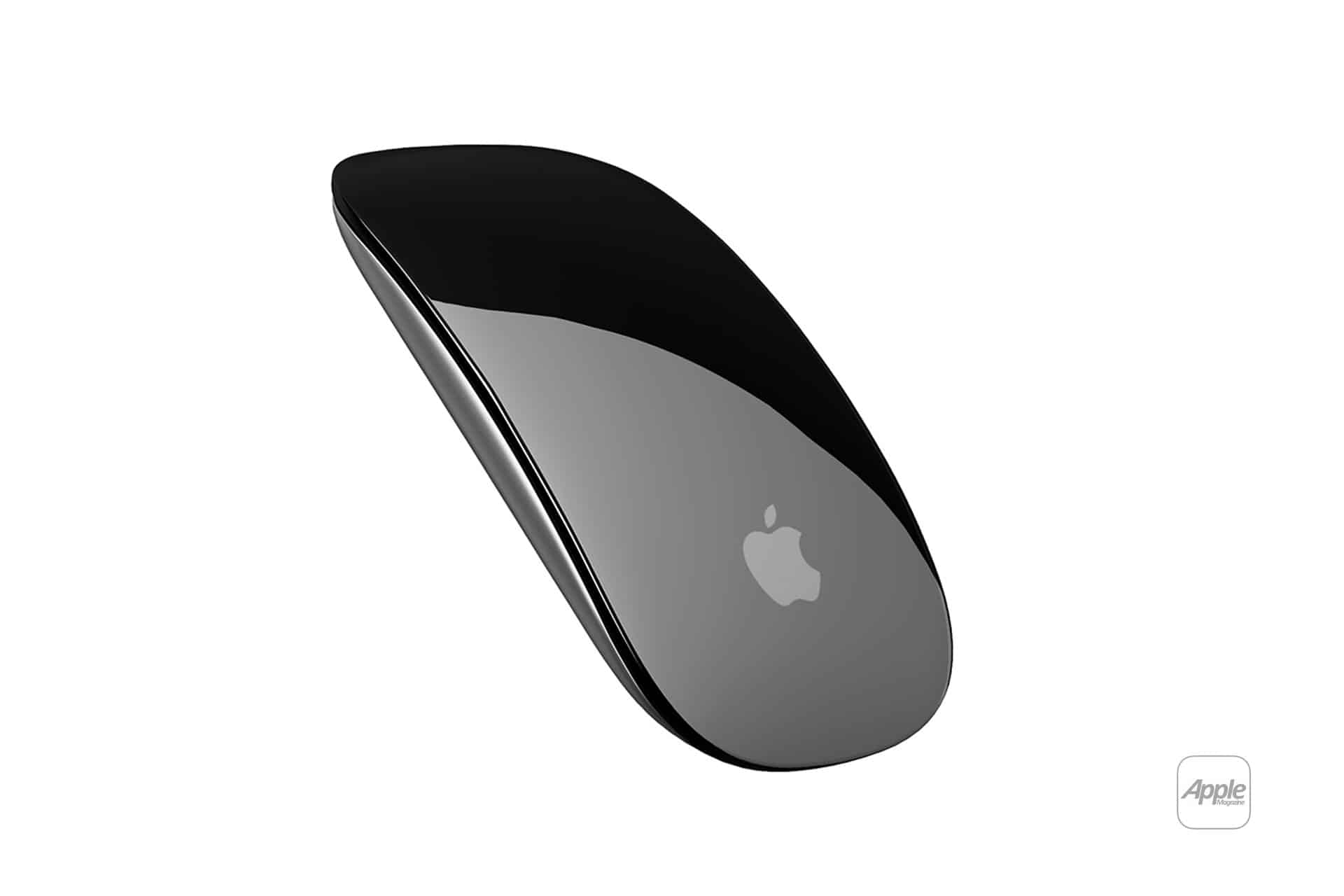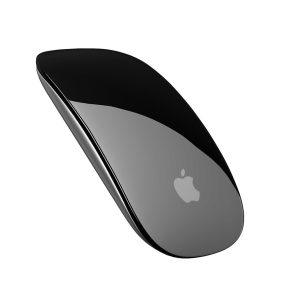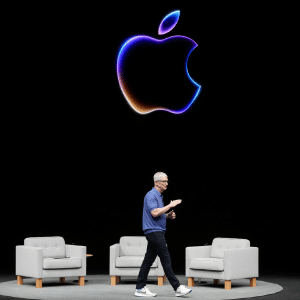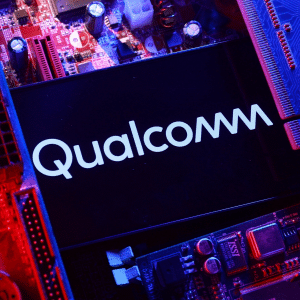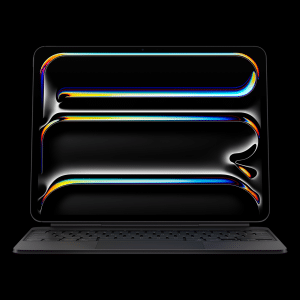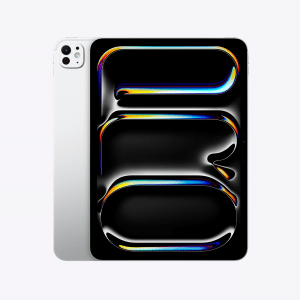The Magic Mouse, introduced in 2009, was a revolutionary accessory that brought multi-touch functionality to the Mac lineup. Its sleek, minimalist design was lauded for its aesthetics but faced criticism regarding ergonomics and charging methods. Over the years, Apple made incremental updates, such as transitioning from AA batteries to a built-in rechargeable battery with a Lightning port in 2015, and more recently, to a USB-C port in 2024.
Despite these updates, fundamental design concerns persisted, prompting Apple to embark on a significant redesign of the Magic Mouse.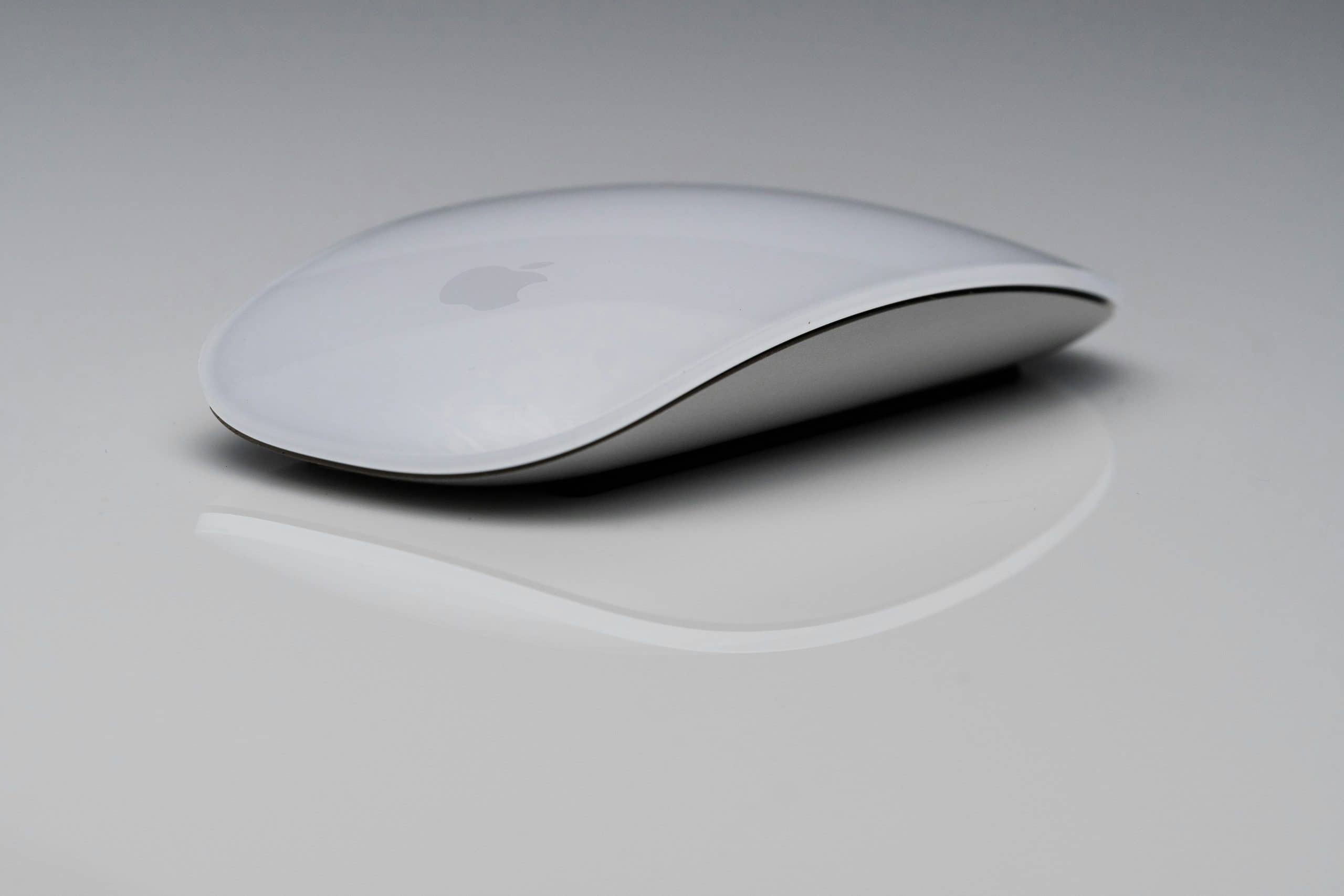
The Evolution of the Magic Mouse
Upon its release, the Magic Mouse introduced a seamless, touch-sensitive surface, allowing users to perform gestures like scrolling and swiping without physical buttons. This innovation set it apart from traditional mice and integrated smoothly with macOS functionalities.
In 2015, Apple updated the Magic Mouse by replacing the removable AA batteries with a built-in rechargeable battery, charging via a Lightning port. This change aimed to enhance user convenience but introduced a controversial design choice: the charging port was located on the underside of the mouse, rendering it unusable while charging.
In 2024, Apple transitioned the charging port from Lightning to USB-C, aligning with its broader move towards USB-C across its product lineup. However, the placement of the charging port remained unchanged, and the design continued to face criticism.
User Critiques and Design Challenges
Many users have found the Magic Mouse’s low-profile design uncomfortable during prolonged use, leading to hand strain and discomfort. The mouse’s shape does not conform to the natural curvature of the hand, which has been a significant point of contention among users seeking a more ergonomic experience.
The placement of the charging port on the underside of the Magic Mouse has been widely criticized. This design choice requires users to flip the mouse over to charge, making it unusable during the charging period. While the battery life is substantial, necessitating infrequent charging, the inconvenience during those times has been a persistent issue.
Upcoming Redesign: What We Know
Apple is reportedly prototyping new designs for the Magic Mouse that prioritize ergonomics, aiming to create a device that fits more comfortably in the user’s hand. This initiative suggests a departure from the current low-profile design towards a shape that supports prolonged use without discomfort.
In response to longstanding complaints, Apple plans to reposition the charging port to allow the Magic Mouse to be used while charging. This change would eli flip the mouse upside down during charging, addressing a major usability concern.
While specific details are scarce, the redesign may include additional features to align the Magic Mouse with contemporary user expectations. Potential enhancements could involve improved gesture support, haptic feedback, or customizable buttons, further integrating the mouse with macOS functionalities.
Anticipated Release Timeline
The redesigned Magic Mouse is reportedly in the early stages of development, with expectations set for a release no sooner than 2026. This timeline indicates that Apple is taking a deliberate approach to ensure the new design addresses user concerns effectively while maintaining the company’s standards for quality and innovation.
Implications for Apple’s Accessory Lineup
The redesign of the Magic Mouse reflects Apple’s commitment to providing a cohesive user experience across its By addressing ergonomic and usability concerns, Apple aims to ensure that its peripherals meet the evolving needs of its user base.
With competitors offering ergonomically designed mice with advanced features, Apple’s redesign of the Magic Mouse positions it to compete more effectively in the peripheral market. By incorporating user feedback and modern design principles, Apple seeks to reclaim its status as a leader in accessory innovation.
The forthcoming redesign of the Magic Mouse signifies a pivotal moment in Apple’s approach to peripheral design. By addressing longstanding user concerns regarding ergonomics and charging port placement, Apple demonstrates its responsiveness to user feedback and its dedication to enhancing the user experience.
As we anticipate the release of the redesigned Magic Mouse, it is evident that Apple continues to balance aesthetic elegance with functional practicality, striving to deliver products that resonate with the needs and preferences of its diverse user base.
